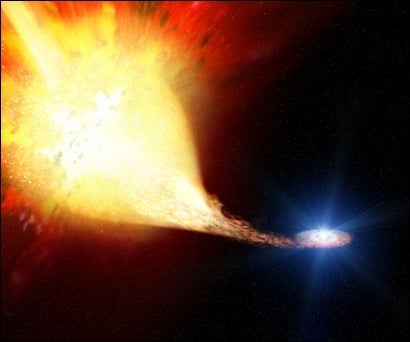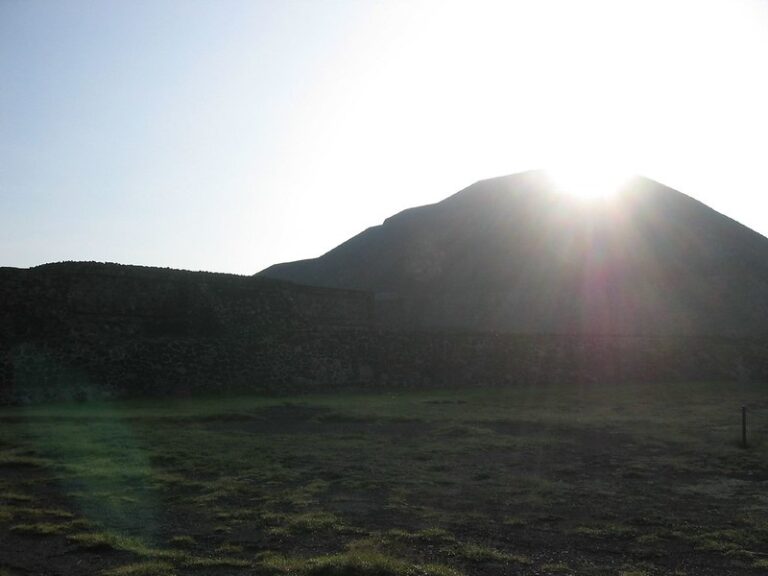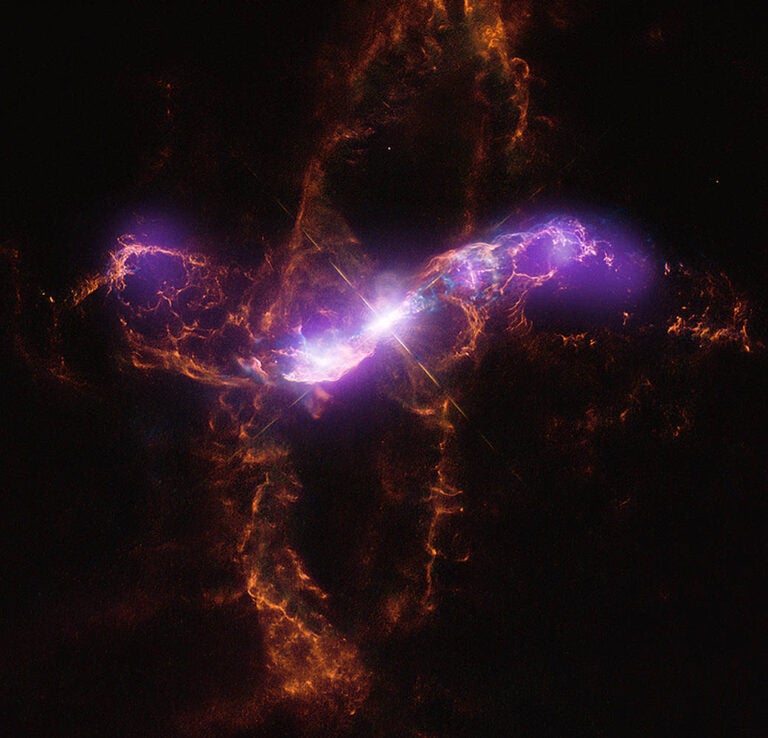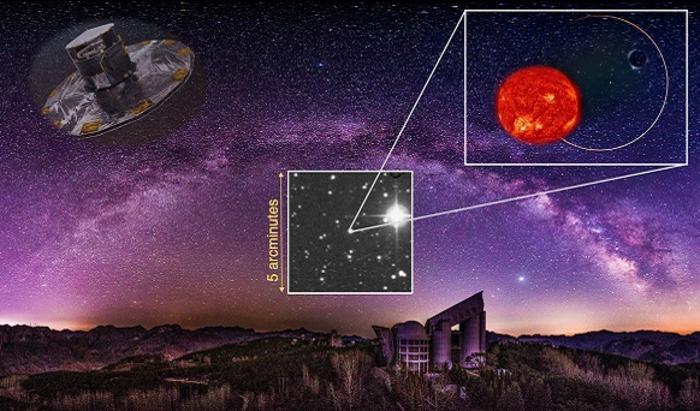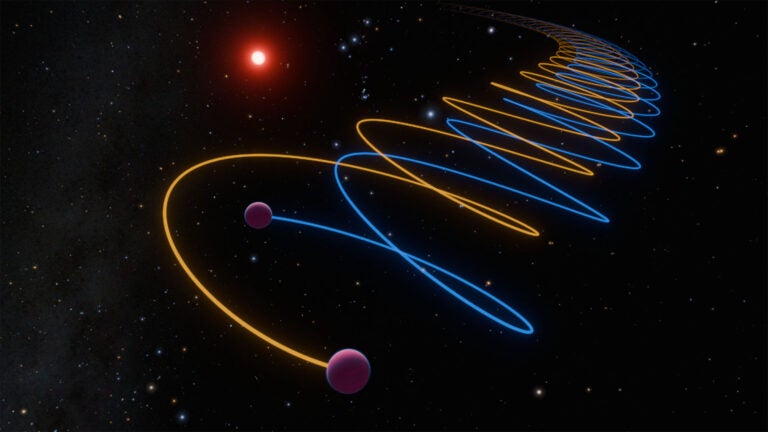Supernovae — the brilliant fireworks that signal the death of a star — are key in our understanding of the universe. They seed the cosmos with chemical elements cooked up in their fiery ovens and they serve as shining tracers of the expansion of space itself.
But while scientists have devised comprehensive models of the process of such an explosion, they’ve had little observational evidence to go on. That’s because once the blaze of a supernova is spotted in the sky, the star has already blown itself to pieces, leaving scarcely a trace of its history amid the wreckage. Or so scientists thought. Recent observations of a supernova’s glowing remains have uncovered pre-explosion details and have revealed, for the first time, a survivor.
Supernova 1993J was seen burning in the sky in spiral galaxy M81 back in the spring of 1993. After the star detonated, observers searched archived images of M81’s stars to pinpoint which star had gone supernova. It appeared that a massive red supergiant had been the unfortunate progenitor, but something didn’t make sense. Material ejected by the explosion was too rich in helium to have come from the supergiant alone. Moreover, the supernova’s light showed a sharp, uncharacteristic peak in brightness that suggested something else was going on.
Astronomers soon realized that to account for 1993J’s strange behavior, the red supergiant must have had a companion star, which may have perished in the blast.
That was over a decade ago. Now, as the explosion’s embers are beginning to fade, a team of observers using both the Hubble Space Telescope’s Advanced Camera for Surveys and the Keck Observatory in Hawaii has peered into the rubble and found a massive star at the exact position predicted for the supernova’s companion.
“It is like a detective story,” says team member Rolf Kudritzki of the University of Hawaii. “Because of the new equipment, you are now able to track down new evidence [that] was impossible to do before. Astronomers had clear ideas about the scenarios that lead to supernova explosions, but no direct observational proofs. Now we have, for the first time, very detailed data so that we can understand the formation of these supernovae. This is an important step forward.”
Not only can astronomers dig up the dirt on 1993J’s past, but they also can keep an eye on the area to see what will develop in the near future. By continuing to observe the companion star, they may be able to witness either a neutron star or a black hole emerge from the remnants in “real time.” Such an awesome event could take place within the next ten years.
“Supernovae produce all the elements heavier than hydrogen and helium,” Maund explains. “These heavy elements are now seen in the latest generations of stars, and [they] form planets and life as we know it. Astronomers need to understand what is going on in an explosion to know how much of these heavy elements is produced and how [the elements] are spread around the galaxy to be recycled into new stars.
“In addition, supernovae are a useful distance measure — but to calibrate them, we need to understand the explosions,” Maund adds. “Supernovae can then be used to map out the history of the universe.”

